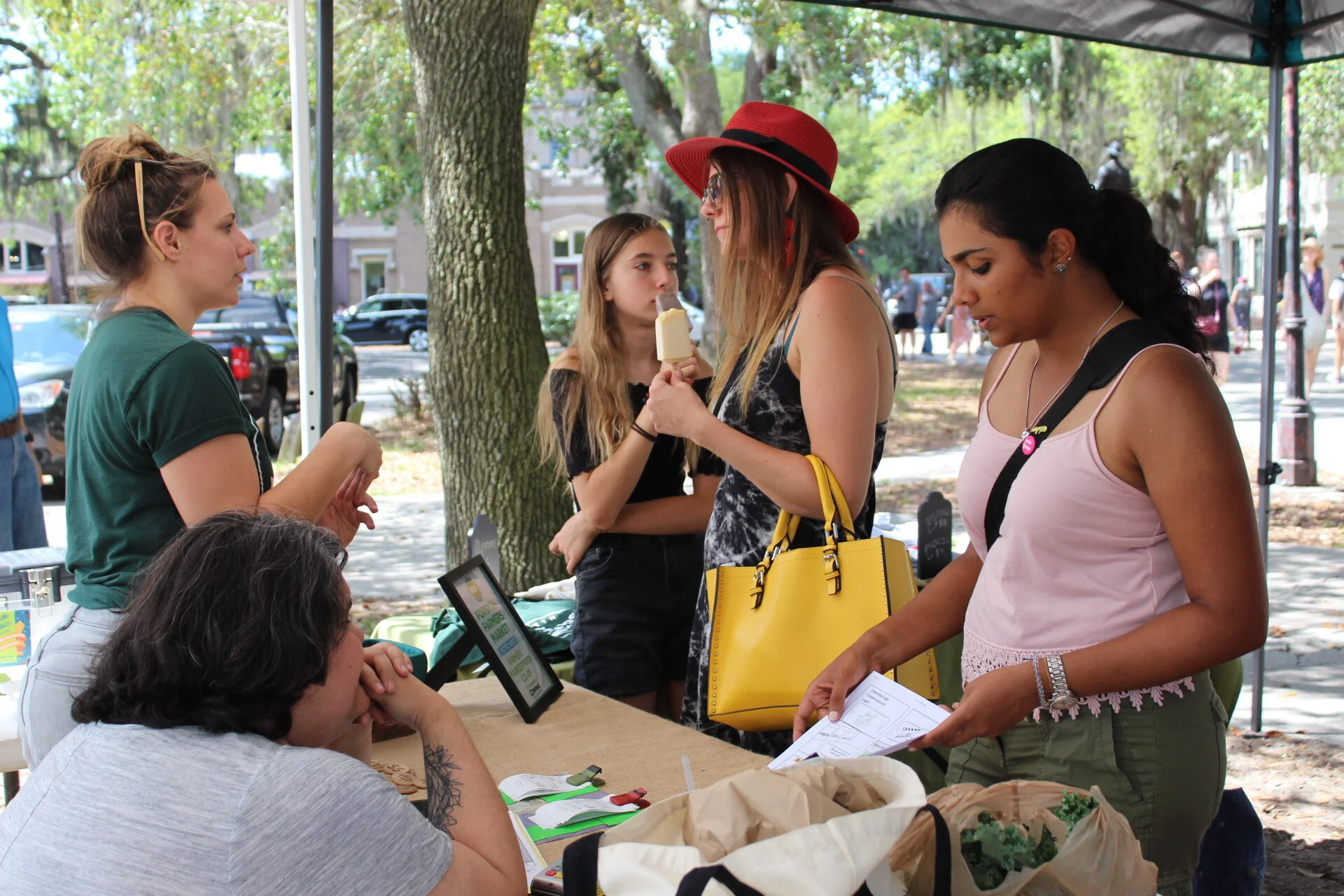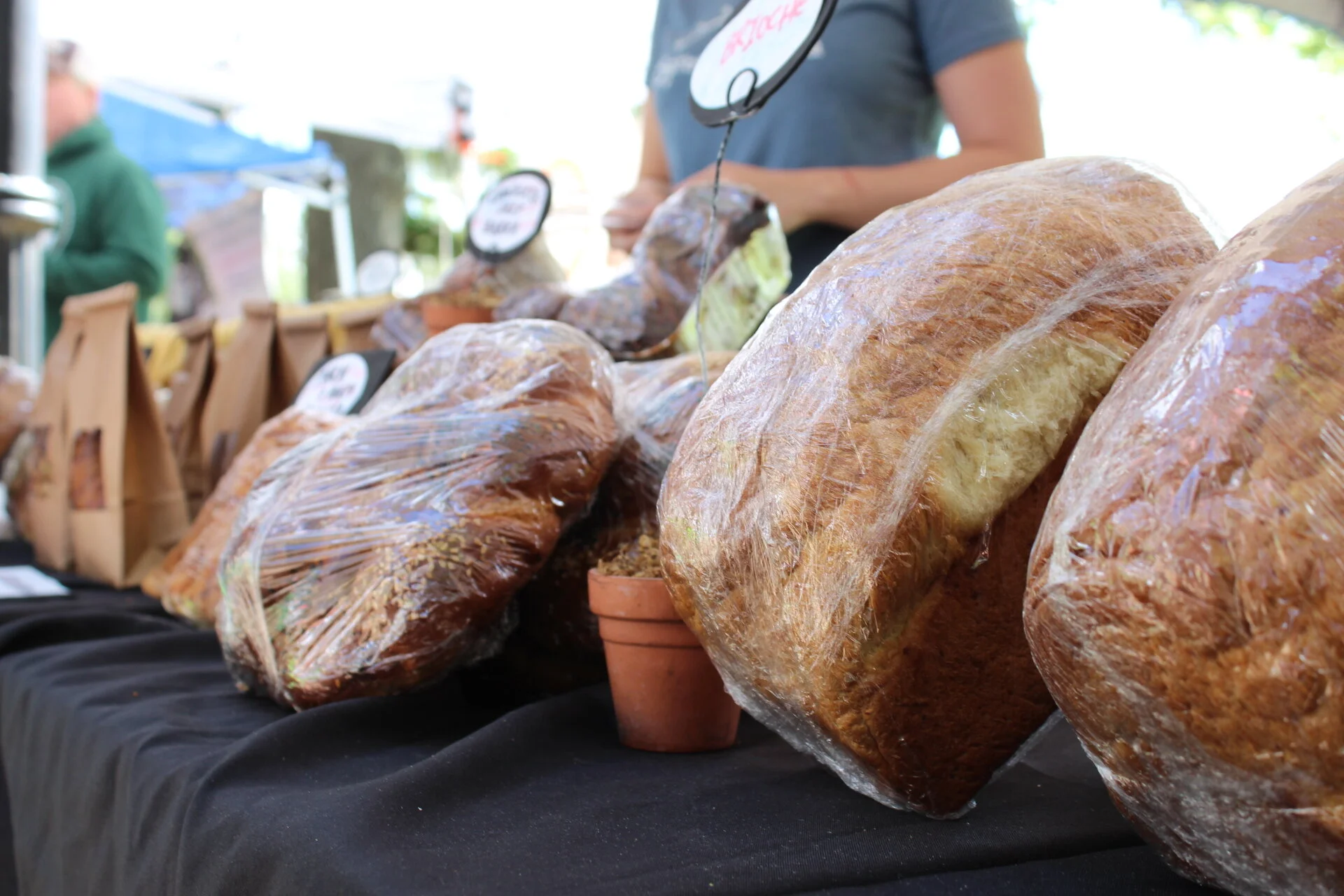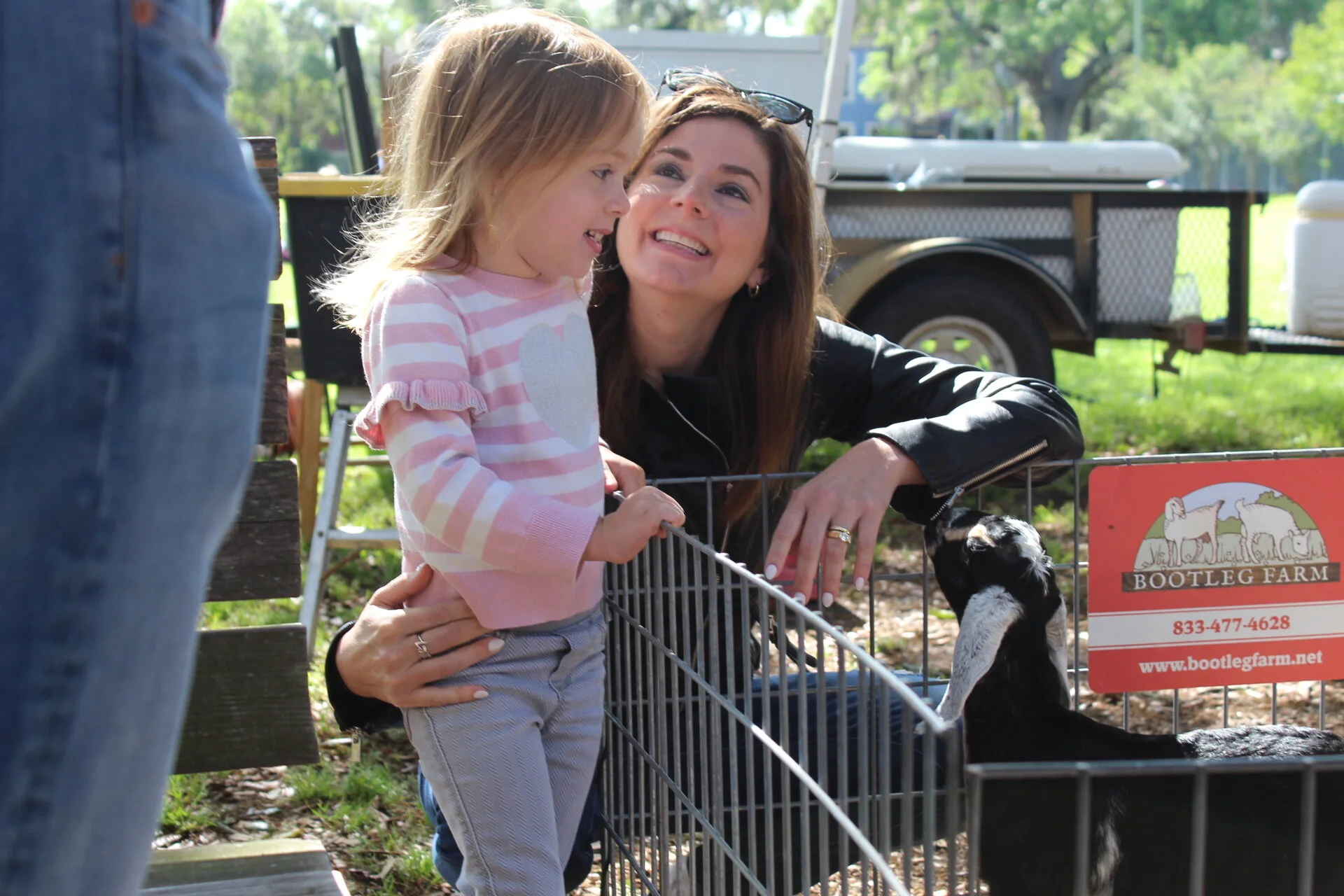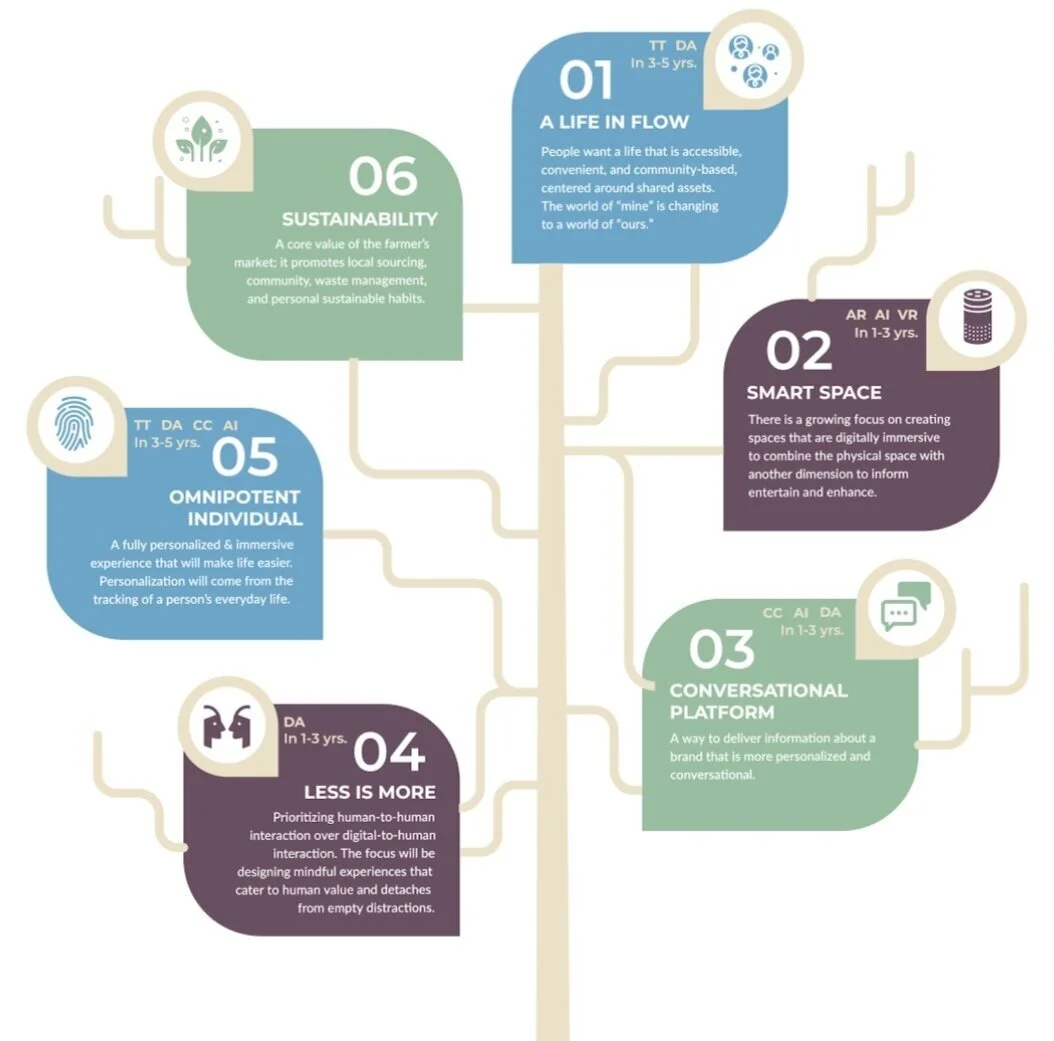Market Quest
Service Design > Group Project > 10 Weeks
We were tasked with the challenge of integrating technology into a pre-existing service within the food industry; particularly the Forsyth Farmers’ Market.
We took the opportunity to create a service that delivers a gamified learning experience through an app, to promote awareness of the farmers’ market amongst children and the youth.
The service also partners with farmers markets to exchange information for mutual benefit.
My Role : Researcher, Service Designer, Visual Content Collaborator, Video Content Creator, Photographer, Illustrator

Concept
Market Quest is a service delivered through an online platform where users can become virtual vendors by creating and managing stalls in a farmers' market in virtual communities.
Market Quest also partners with local markets to exchange data for mutual benefit.
Servicescape
Farmers' markets offer an exceptional way to buy fresh produce directly from local farmers, growers, and producers. They create a space for personal connections and bonds of mutual benefits between farmers, shoppers and the community at large.
They are a perfect venue to teach children about the food they eat, how to make healthy eating choices, and how to shop locally and for themselves, yet markets mainly cater to adults. Market Quest addresses this with an engaging platform that can bring children to the market so that, they too, can reap the benefits.

Vision Video

The Forsyth Farmers’ Market
The Forsyth Farmers’ Market is a non-profit organization that was founded in 2009. It is located in the historic Forsyth park in Savannah, Georgia (USA). Their mission is to promote understanding and participation in a local food system that supports sustainable production and increases access to local products. FFM’s goal is to support a mobile market that will reach consumers who have a hard time getting healthy food. From the very beginning, the FFM has focused on food and food issues which is why it is a producer-only market (meaning all vendors have to be producing at least 75% of the products they sell) and allows only food and plant vendors.
SNAP BENEFITS + TOKENS
They enabled food access by opening the market with a token system that would allow shoppers to use SNAP (supplemental nutrition assistance program, formerly known as food stamps). SNAP cards double in value when used at the FFM to encourage healthy eating habits.
Not all stalls accept card payment. Instead the Market has a system where customers purchase tokens from the market management which can then be used to purchase goods from the vendors.
A growing opportunity:
5,190 market trips to the Oregon City Farmers' Market during their POP program, totaling 1,781 children (2017)
A way to introduce new foods :
83% of children at the Charlottesville Farmers Market during POP, tried and liked a new food (2017)
How might we expand the target audience pool at the FFM?
Why Children?
During observations, we noticed some parents had children at the farmers' market, but the kids were not participating in the shopping.
America has immersive initiatives like the Power of Produce (POP) to engage children in the Farmers’ Market and grow the young community. However, POP is temporary and occurs only during the Farmers’ Market.
“Farming in general is not something younger people are interested in, so it’s a dying breed of people. So the more youth engagement there would be, the better.”
Why an App?
Farmers’ Markets are a community-oriented shared space for local vendors to sell directly to consumers. This rich, interactive environment is rife with opportunity to innovate using technology. These are technologies that lend themselves to playing a role in farmers’ markets.
We focused on 2 trends in particular.
Smart Space
There is a growing focus on creating spaces that are digitally immersive to combine the physical space with another dimension to inform, entertain and enhance.
Less is More
Prioritizing human-to-human interaction over digital-to-human interaction. The focus will be designing mindful experiences that cater to human value and detaches from empty distractions.
In order to identify potential opportunities at the market we set up a cultural probe at the market.

Food Awareness
Only 5% of the responders said that they come to the Farmers’ Market for food education
How might we create more food awareness?
Foot Traffic
Out of the 38 responses, about 4 people said they came to the Farmers’ Market with 2 or more people.
How could we bring more people to the market?
Token Usage
Out of the 38 responses, about 3 people said they used tokens to make purchases at the Farmers’ Market.
How might we encourage token usage amongst all shoppers?



Based on research findings and studying the intended target market we created personas that would best represent them.
Tasha, Malik + The Parents
Tasha and Malik are visiting their grandparents in Savannah with their parents. They are going to the farmer’s market to buy some produce for their family barbecue night. They have been to many farmers markets but they hope to get Tasha and Malik interested in farmers markets since the kids have never been to one before.
Tasha + Malik are 6 and 11 years old, respectively. Tasha is very excited, wants to participate in every aspect of shopping and is very inquisitive. Malik is quiet and to himself, interested by a few the vendors’ stalls, but mostly pays attention to his phone.
Marcel + Sasha want to share their love for farmers markets and farming knowledge with their kid. They’re curious and inquisitive and like to talk at length with vendors.
To help visualize the current state journey our persona family would have when visiting the Forsyth Farmers’ Market we created a Blueprint.



Malik isn’t very present and he is using his phone
Blueprint Takeaways
The kids are hesitant to try a new sample, they have no reason to
People interact with each other at the market, whether it’s people they already knew or just met
For our Proof of Concept we went back to the FFM and received feedback from vendors, attendees and even some children. We presented our initial pitch and explained our service concept and goals using a storyboard, followed by a series of questions.







After receiving the feedback from our Proof of Concept pitch with made adjustments to our service concept and developed a business strategy.
We created a service offering map to clarify the services provided by the FFM before and after the implementation of Market Quest. This is done grouping value propositions into specific detailed clusters.
Business Model Canvas
From Creating a Future Outcomes Framework, Lucy Kimbell
We created a business model canvas to encapsulate and develop our business model. It helps identify our service’s value proposition, infrastructure, customers and finances. From being able to identify our sources of income, expense avenues while still staying true to our service concept.

Management Incentive
This service could help prove that kids are developing an interest for farmers’ markets.
The markets then have a higher chance of receiving private sector funding
Sparking interest for local produce shopping amongst the youth will help sustain the farmer’s markets business.
Vendors Incentive
If kids are invested in farmers’ markets, this could boost foot traffic at the market
More customers at the market versus grocery store chains helps keep the dollar in the local community.
Key Performance Indicators (KPIs)
To maintain the mutually beneficial relationship between Market Quest and the vendors + management at the FFM there should be a clear visualization of the data being collected and shared. This visualization will measure and display the data in the form of metrics via a shared dashboard. Using the identified KPIs the collected data can be analyzed and the success of the business structure can be determined.
Expected Outcomes
From Creating a Future Outcomes Framework, Lucy Kimbell
The Future Outcomes Framework helped define our target user segments and the outcomes that the implementation of Market Quest would yield. Listed below are the 3 target user segments and the ‘outcomes’ expected from measuring the chosen KPIs.
Children
Boosts confidence with buying and interaction with vendors
Developing positive association with the Farmers Market
Increasing farming and produce knowledge
Increasing children’s attendance to the Forsyth Farmers Market
Parents
Peace of mind for the parents
Preference to go to the Forsyth Farmers Market over the grocery store at the time of the FFM
Making parents more interested in farming education for children
Success of the app
Vendors
Increased Sales
Deeper relationship between vendors and customers
Market Quest View
Measured KPI's:
Active users
Answered challenges
Average time user looks at a fun fact
Shopping at Super Market v/s shopping at the Farmers' Market
Users with subscriptions
App sales
User reviews
Vendors + Management View
Measured KPI's:
Active users
Vendor Interaction with users
Average time user looks at a fun fact
Shopping at Super Market v/s Shopping at the Farmers' Market
Tokens given to children
Farmers' market sales
Vendors comments
A Future State Blueprint helps us to visualize the journey our persona family would have when visiting the Forsyth Farmers’ Market after the implementation of Market Quest



The kids now have a motivator to try a sample: the daily challenges
Blueprint Takeaways
They scan produce to add to their stall. Receive tokens for an actual purchase by scanning a stamp.
Malik is awarded tokens through referral program allows user base to grow.
For more details about this project please take a look at our process book.































